How can engineering utilize AI chatbots?
ChatGPT has kicked off a renewed public interest in chatbots and artificial intelligence (AI) more generally. Within its short lifespan, this one instance of AI has profoundly impacted writing, education, online conversation, and much more. Naturally, this leads us to think: what potential do AI chatbots have in engineering, and how can they benefit engineers working with PCB and electrical wire harness systems?
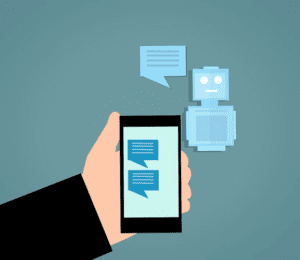
What Are AI Chatbots, and what are their Traditional Limitations?
Artificial Intelligence (AI) chatbots use Natural Language Processing, or NLP, to simulate human conversation, write articles, create stories, suggest chords for musicians, and more. AI chatbot technology also supports Google Home, Amazon Alex, and Siri. It provides the ability to interpret and respond conversationally to human voice commands and inquiries.
Many of us have encountered chatbots serving as virtual customer service agents on websites. The chatbots make it possible to ask a question and either receive an answer or a series of questions intended to clarify the nature of the original inquiry. However, questions beyond the scope of the virtual agent chatbots are usually passed on to a human agent.
Adding a Human Element to AI Chatbots’ Learning
The vast majority of training data for these chatbots comes from sources like websites and textbooks. These resources have caused some trouble for them in the past. While the internet can be an excellent educational resource, indiscriminately learning from the web can quickly lead to some very adverse outcomes–the artificial intelligence community recognizes and is addressing this situation.
AI research and deployment company, OpenAI, created ChatGPT and InstructGPT. What makes these tools novel is how they implement Reinforcement Learning from Human Feedback (RLHF) to fine-tune language models. To put it another way, they include human feedback in the training loop to ensure chatbots do not pick up bad habits. RLHF also seeks to minimize the training bias resulting from having humans in the training process.
AI Chatbots and Scripting Capabilities
One of the exciting aspects of AI NLP tools like chatbots is their ability to debug and write programming code and scripts. When we remember that programming languages are based on language grammar in the same sense as human languages, this makes sense. Therefore, the ability to write code to achieve a specific objective is undoubtedly possible with chatbot AIs, as is the ability to debug existing code using ChatGPT.
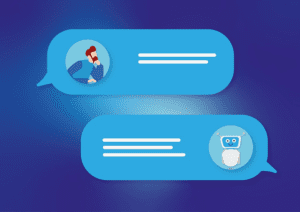
The available interaction with a chatbot goes beyond simply selecting the correct dropdown box options or moving symbols into place using a graphical programming interface. Instead, the chatbot can ask for information in a conversational manner. The information can be helpful for those new to the scripting language or users who are simply weary and unable to focus at the end of the day.
The chatbot draws on a textbook-level knowledge of programming logic and languages. This ability allows the user to focus on what tasks the script needs to accomplish rather than keeping track of the many detail-oriented (and often overwhelming aspects) of coding. Those aspects often prevent an otherwise well-developed script from working.
Scripting can automate processes during an engineering solution’s design and development phase, including those related to harnessing and cabling. The use of API scripting in engineering design has several applications:
- Completing repetitive tasks
- Exporting data in a format compatible with another system (e.g., manufacturing tools)
- Over-ruling a built-in function within a design environment
E3.series COM-Interface: Making a Script that Works for You
Automation and intelligent design come in many forms, and chatbots can work with APIs and other automated portions of a project. Zuken’s E3.series, for example, includes an API, also referred to as the COM interface.
Why Use the E3.series COM-Interface?
Zuken approaches design using an object-oriented programming paradigm that stores every design detail in an object-oriented database specific to a project (such as the one shown in Figure 3) regardless of complexity. The E3.series COM interface allows engineers to develop scripts that can access the attributes and functions of every object in a design.
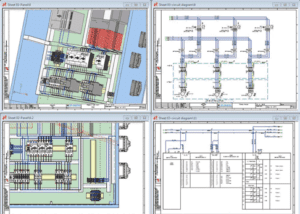
Within Zuken’s design environment, users can already automate specific design tasks. However, API scripts allow for much more customization and access to core functionality. For example, with cabling projects, E3.series will select cavity plugs for cavities without any wires connected. Still, an API script can give an engineer more control over how that occurs.
The COM interface gives engineers additional control over automating project attribute creation. It is especially powerful when needing to use the same types of objects or attributes repeatedly or when selecting certain kinds of attributes based on a logical test. Scripts also allow for exporting project data in any format, whether to update other systems that depend on the same data or provide data for manufacturing equipment.
How can AI Chatbots Help with Scripting?
Automation using the E3.series COM interface can free error-prone humans from dull, repetitive tasks and allow them to focus on other, more complex aspects of the design. In turn, this can increase productivity and reduce overall development time. Leveraging a scripting chatbot’s assistance can reduce development time.
In short, AI Chatbots can simplify the development of API scripts in design environments like Zuken’s E3.series. They support the automation of repetitive aspects of the design process, reducing the probability of human error and increasing engineers’ overall productivity.
Conclusion
AI chatbots are capable of so much more than simply serving as virtual customer service representatives or marketing assistants. They can debug and develop programs and scripts that support the design process of electrical engineering projects, including those that involve complex cabling, harnessing, and panel design. Zuken’s E3.series has the API and COM interface tools needed to put AI chatbots to work for your designs today.
Related Products and Resouces
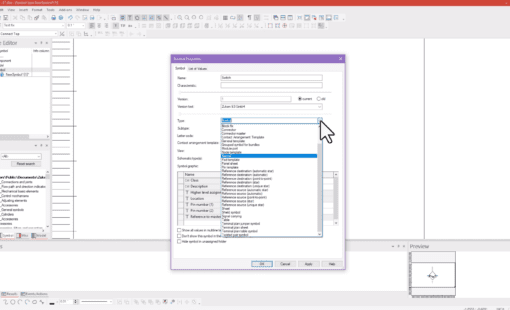
- Blog
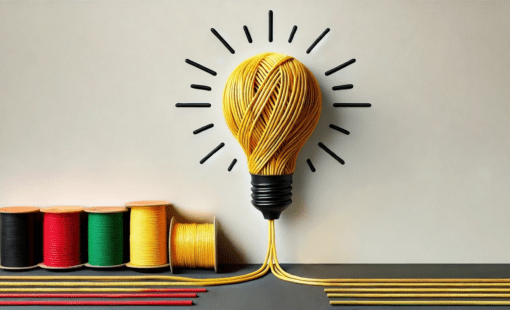
- Blog
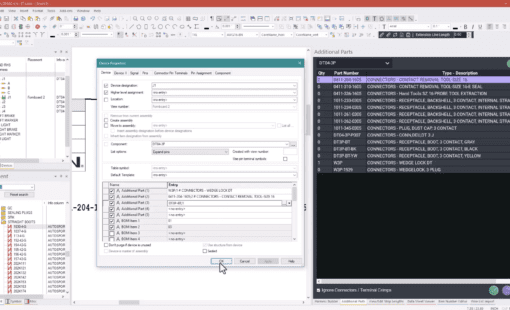
- Blog

- Blog

